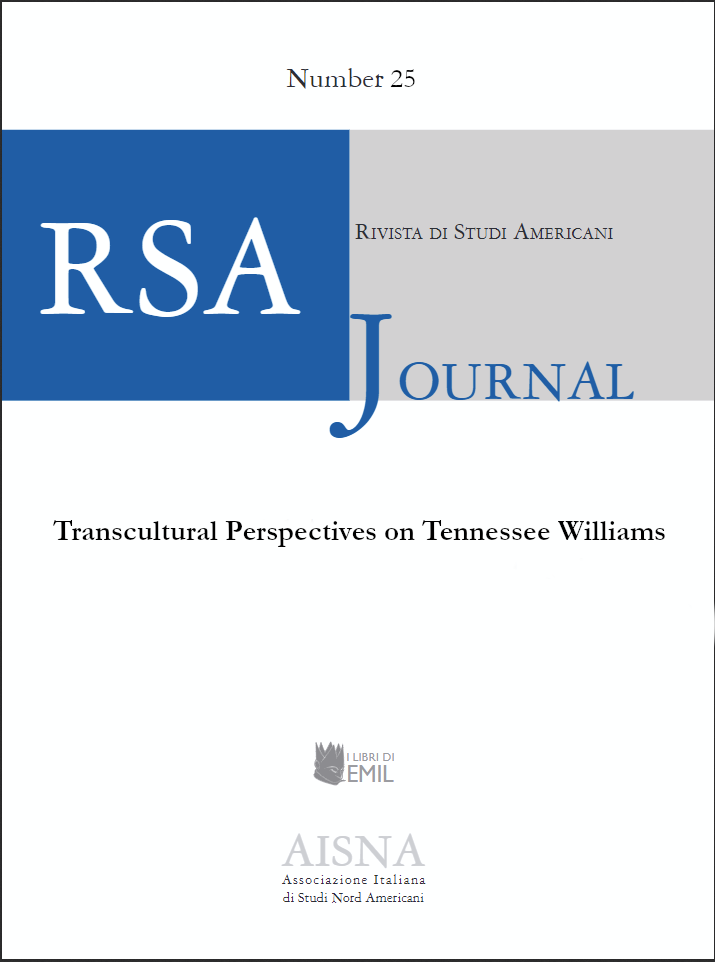A Transcultural Perspective on the Casting of “The Rose Tattoo”
DOI:
https://doi.org/10.13135/1592-4467/8604Keywords:
Italian immigrant, neorealist approach, transculturalismAbstract
The film The Rose Tattoo (Daniel Mann, 1955), based on a play written by Tennessee Williams specifically for Anna Magnani, constitutes a transcultural experience both in the narrative, since it is set within an Italian-American community, and in the performance style, because of the import of neorealist actress Anna Magnani, and of an emerging personality of Italian cinema such as Marisa Pavan. They were surrounded by actors and actresses coming from the Italian immigrant stage like Sandro Giglio (Father De Leo), Mimì Aguglia (Assunta), Rossana San Marco and Augusta Merighi (two actresses from the Broadway cast, who play the old women “chorus”). The presence of these performers, in addition to recovering the history of the Italian immigrant stage on American media, allows us to reconsider the impact of the Italian performance style in Hollywood cinema, and compare two “realist” approaches: the American one, at that time strongly affected by Lee Strasberg’s Method Acting (Actor’s Studio) and the neorealist approach.
Downloads
Published
Issue
Section
License
RSAJournal will apply a CC BY 4.0 license to all its contributions starting with issue 37 (2026). Previous issues are licensed under a CC BY-NC-ND licence.





